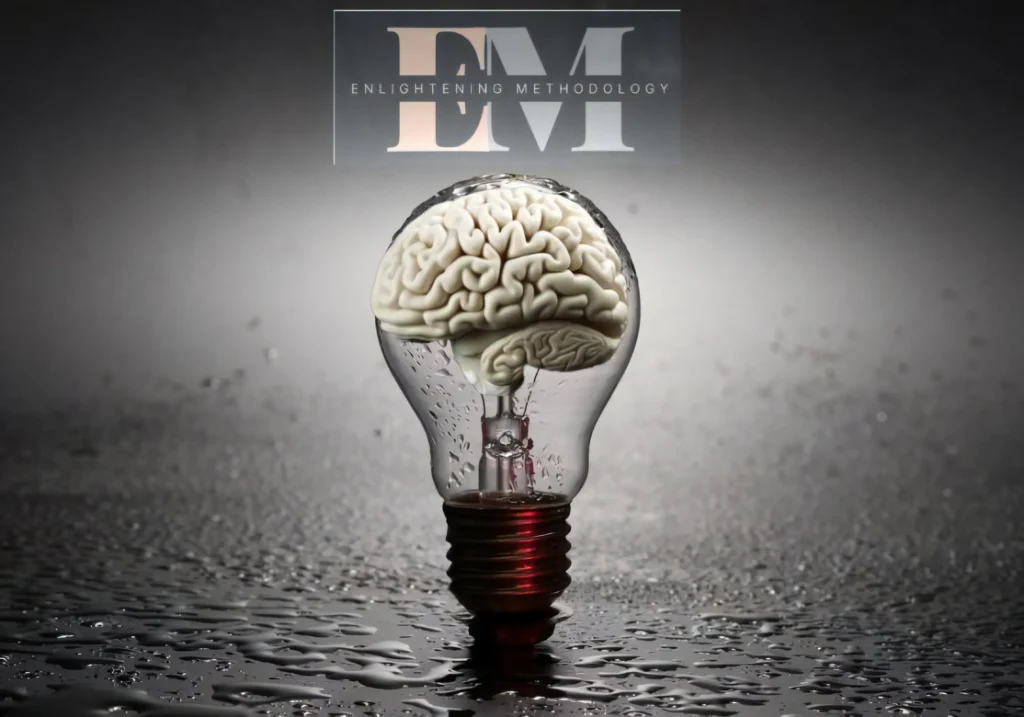Introduction
Imagine a world where your health data is logged in paper charts, and your doctors are paging specialists for consultations. It sounds outdated, right? Surprisingly, a staggering 73% of healthcare providers continue to use old healthcare legacy software solutions. Legacy systems make it harder for healthcare providers to deliver secure, reliable, and scalable services. Operational inefficiencies continue to impact productivity, compromise patient care, and risk exposing confidential data.
Modernizing healthcare legacy system services isn’t just optional anymore. It is crucial for providers who want to stay competitive and offer the best care. You might be cautious of significant changes in the system, but modernizing healthcare systems brings many benefits with the right approach. In this blog, we will learn what legacy systems are, why they are a challenge for healthcare, and key strategies to modernize them.
What is a Legacy System in Healthcare?

A legacy system in healthcare refers to an outdated software application that a medical facility continues to use. It is no longer supported or updated and has limited interoperability. These systems have been in place for many years. Despite the availability of more advanced solutions, many healthcare organizations continue to use these outdated systems. They are deeply integrated into the organization’s workflows and processes.
Although they may still function, legacy health systems can have integration problems with modern healthcare IT solutions and fail to comply with the newest healthcare standards. Healthcare legacy system solutions that need to be updated or modernized lead to inefficiencies within the workflows.
Why Are Legacy Systems An Issue for Healthcare Organizations?

Healthcare organizations that hold onto outdated systems create operational inefficacy within the business. This disorganization results in a high cost of ownership and drains organizational resources. Medical organizations may need to hire specialized staff to operate the outdated legacy medical software. Additionally, legacy healthcare services expose organizations to significant security risks. Legacy medical systems lack vendor support and staff expertise to maintain their security over time. That is why legacy technology makes healthcare organizations more vulnerable to cybersecurity attacks.
If legacy software for healthcare systems is stable and performing its core functions effectively, organizations may see no reason to invest in an upgrade. However, it’s smarter to pursue a long-term strategy to upgrade them because not modernizing them can cause more problems than benefits.
Indicators that Signal the Need to Modernize Your Healthcare System
With the increasing advancements in healthcare technology, healthcare organizations must recognize the signs that signal the need to modernize their legacy healthcare systems.
1. Any noticeable slowdowns and system crashes
2. The inability of the system to handle an increased workload
3. Difficulty adapting to new system requirements
4. Frequent breaches and non-compliance with regulations
5. Security measures that have become outdated
6. Disruptions in the medical credentialing process
7. Bottlenecks, redundant processes, and a lack of automation
8. High cost of ownership and low return on investment
9. Interoperability challenges with Laboratory Information Systems and EMR systems
10. Frequent system failures and errors
11. Lack of essential features in the system
12. Lack of vendor support and no updates to the system
13. Inefficiency and an increase in turnaround time
14. Reliance on obsolete hardware and incompatibility with modern devices
Maintaining vs. Modernizing Healthcare Systems?
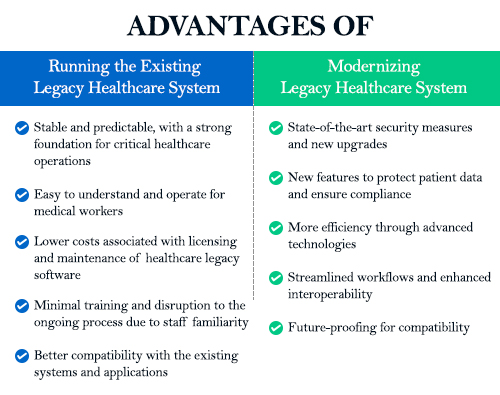
Legacy software in healthcare has a lot of drawbacks, but is replacing outdated software always inevitable? With the rising need for telehealth solutions and remote patient monitoring, many healthcare providers face the need to replace old legacy systems with modern healthcare cloud solutions. Maintaining vs. modernizing the healthcare system is a decision that requires an analysis of your organization’s needs and resources.
Advantages of Running the Existing Legacy Healthcare System:
- Stable and predictable, with a strong foundation for critical healthcare operations
- Easy to understand and operate for medical workers
- Lower costs associated with licensing and maintenance of healthcare legacy software
- Minimal training and disruption to the ongoing process due to staff familiarity
- Better compatibility with the existing systems and applications
Advantages of Modernizing Legacy Healthcare System:
- State-of-the-art security measures and new upgrades
- New features to protect patient data and ensure compliance
- More efficiency through advanced technologies
- Streamlined workflows and enhanced interoperability
- Future-proofing for compatibility
Key Healthcare Legacy System Modernization Strategies
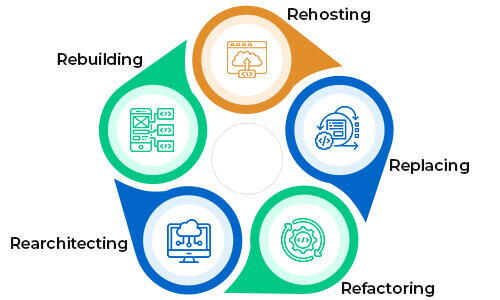
1. Rehosting
Rehosting involves redeploying a legacy healthcare application to another platform or infrastructure without revising its code sources, features, and capabilities. Rehosting offers a quick and affordable solution, particularly when maintaining the existing functionality is a priority. However, it’s important to know that it does not address the underlying issues in the legacy IT system’s code or architecture.
2. Replacing
This strategy involves retiring obsolete healthcare applications entirely and replacing them with newer software. This involves either full-cycle development of a new application or adopting a new, ready-made solution. It allows a fresh start with a modern solution that better aligns with the organization’s current and future needs.
3. Refactoring
Refactoring is about enhancing and optimizing the current code of legacy healthcare solutions. This eliminates technical issues, inefficiencies, and other loopholes. It applies to open-source or custom software solutions and can be performed by the original vendors. Refactoring improves the software’s efficiency, making it more adaptable to new technologies.
4. Rearchitecting
This means redesigning the architecture of an existing system when it is not suitable for modern requirements. It generally implies moving from a monolithic to a microservices, cloud-native, or event-driven architecture, which improves scalability, flexibility, and maintainability.
5. Rebuilding
Rebuilding implies rewriting an application or system from scratch while preserving the product scope and key specifications. This often uses modern technologies and architectures while preserving its core functionality and business logic. Additionally, it leads to extended development timelines and costs.
Tips for Managing Legacy Systems in Healthcare
Whether you choose to run your existing legacy system or modernize it, here are some tips that will help you manage your legacy systems:
1. Data Backup and Recovery Plan Integration
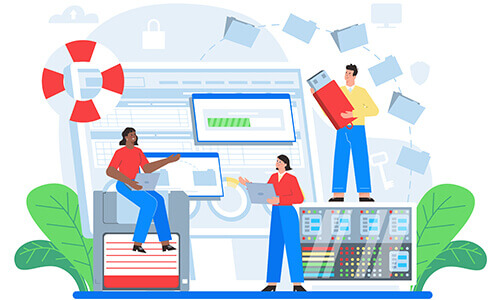
Create a data backup and recovery plan to maintain the uninterrupted provision of healthcare services in case of any system failure or data breach. It is crucial to regularly back up confidential patient information and test the recovery process to ensure its efficacy. Additionally, it may be beneficial to consider using cloud-based backup solutions for enhanced security and accessibility.
2. Maintenance of Legacy Systems Documentation

Document legacy systems’ configuration, processes, and intricacies comprehensively and generate a knowledge repository. This includes user manuals, troubleshooting guides, and system documentation. This documentation not only helps in daily operations but also becomes invaluable during system upgrades and transitions. It facilitates knowledge transfer between experienced and new staff members to preserve institutional knowledge.
3. Security Prioritization
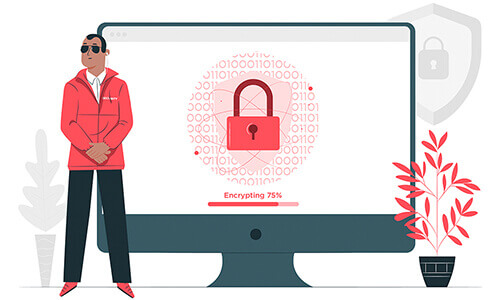
Secure healthcare data storage is primely important in managing legacy health information systems. Organizations should regularly update and fix the existing infrastructure to address vulnerabilities and keep healthcare data migration systems in check. It would help if you also considered implementing additional security measures like encryption and multi-factor authentication. Additionally, you should conduct regular security audits and assessments to identify and mitigate potential security risks.
4. Establishment of Intersystem Communication
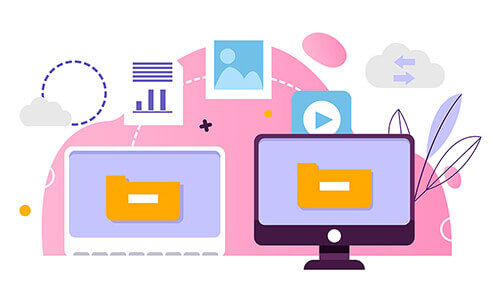
Improving communication between your legacy healthcare system and other medical solutions is necessary to promote a cohesive ecosystem in the organization. It facilitates the effective collaboration of different components while ensuring that healthcare providers have access to complete patient data. Middleware solution integration also serves as a bridge between different systems, allowing them to exchange information in real-time.
Conclusion
The future of healthcare software development demands a balance between legacy healthcare solutions and modern apps. Organizations that modernize their legacy medical systems have an advantage in adapting to new changes in care delivery models. It is necessary to improve patient care outcomes and operational efficiency. Modernizing legacy healthcare systems is a complex task that demands the right expertise. One has to navigate the intricacies of obsolete infrastructure, particularly with stringent regulations like ensuring HIPAA compliance software solutions. At OSP, our well-versed team of experts can modernize and build custom healthcare legacy systems tailored to your organization. Our healthcare legacy system development services focus on smoothly integrating advanced technologies with legacy systems. If you are looking for a digital transformation for your legacy healthcare system, contact our experts.
The post Modernizing Legacy Systems in Healthcare: A Comprehensive Overview appeared first on Osplabs.





